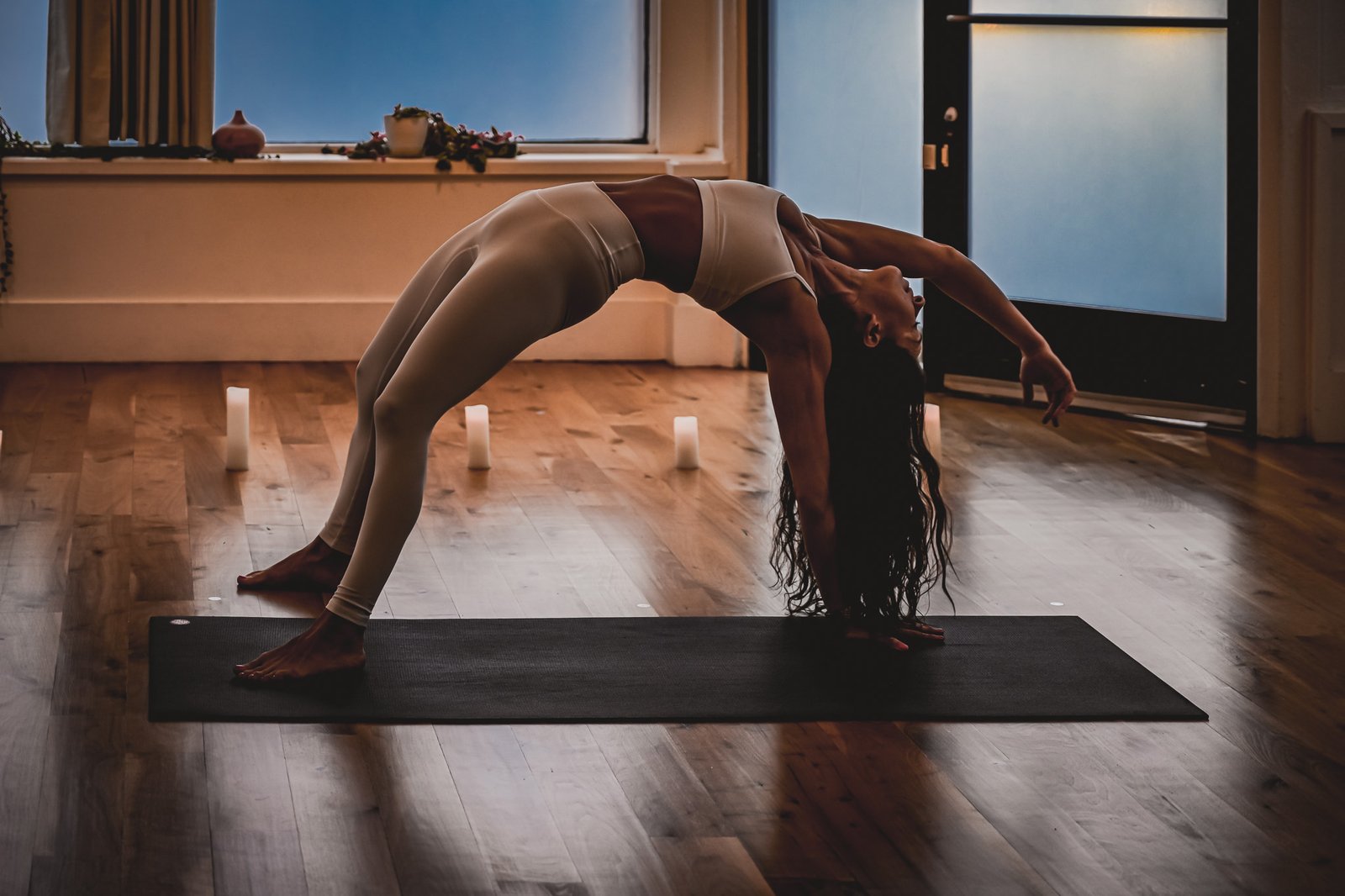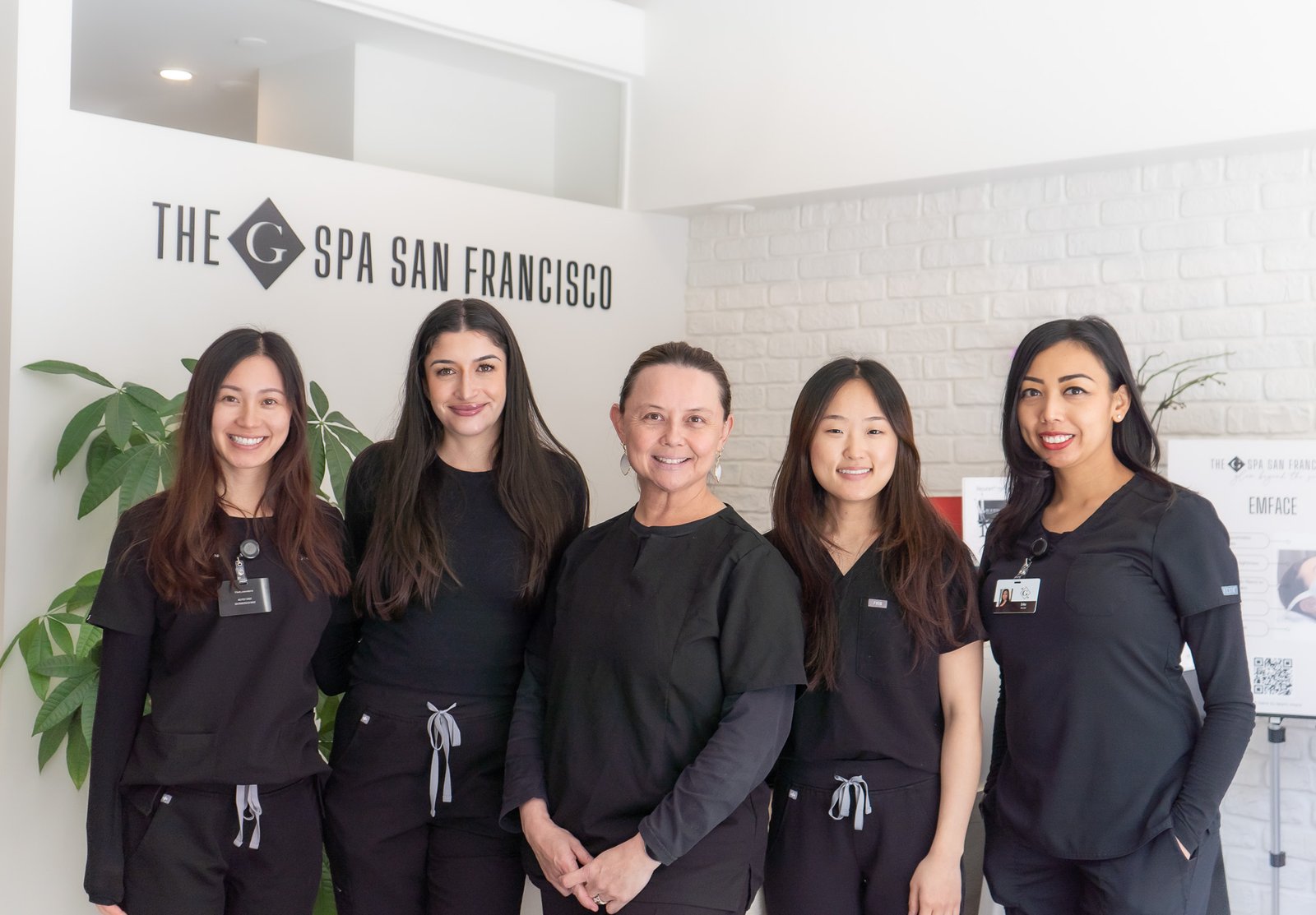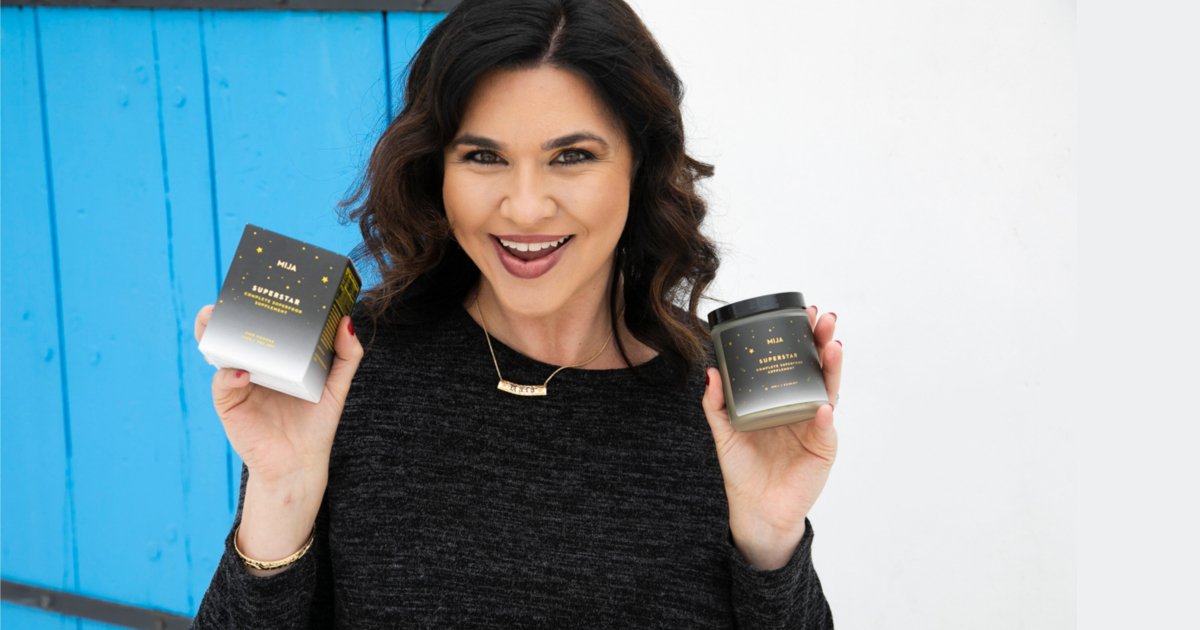Introduction
We often treat sleep as a mental or behavioral issue—but what if the environment is the problem? Dr. Naya Collins, an environmental psychologist and founder of RestSpace Lab, believes that your bedroom is the most important wellness space in your life. Her Sleep Sanctuary Method transforms bedrooms into high-performance recovery chambers through design, sensory science, and spatial psychology.
The Healing Power of Space
“Light, sound, scent, and color all affect the nervous system,” Dr. Collins explains. Her system audits bedroom environments and offers custom modifications—from blackout layering to acoustic padding and circadian lighting.
A Room Designed for REM
Clients who implement the Sleep Sanctuary protocol report falling asleep 30% faster and staying asleep longer. “It’s like turning your room into a cocoon for your brain,” Collins says.
From Interior Design to Health Design
Dr. Collins is working with architects, hotels, and wellness startups to build recovery spaces into everyday living. “Sleep hygiene isn’t just a checklist,” she concludes. “It’s an environment.”











